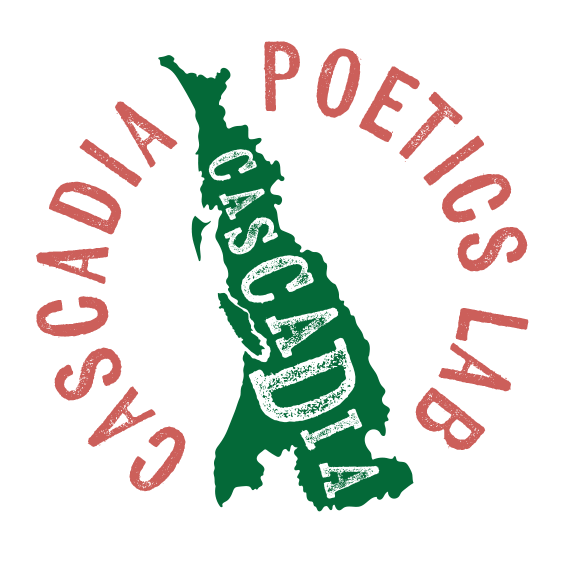The two person version, for me, has been the most fulfilling variant of this form because you can often develop a habit with a regular partner and write after having shared experiences. For me they have involved hiking and backpacking trips in the Northwest wilderness, during jazz concerts and even after sex.
Method
Each person starts a poem on a lined sheet of paper and continues with a word or two short ones on the next line. Each person then folds the paper along the line concealing all but the word or two on the 2nd line, hopefully leaving the situation open. One of the great facets of a regular partner and regular practice of this form is that you begin to learn how to leave the lines open for a partner. By starting two poems simultaneously, you have no time to think, but will often find that lines will start coming to you BEFORE the page is given to you by your partner. I really feel that this is an example of Rupert Sheldrake’s Morphogenetic Field theory, because you’ll often find that each poem has a certain resonance and you can learn how to tune into that with practice. Charles Olson, Robert Duncan and William Carlos Williams were poets in the mid-20th Century that understood the importance of seeing the poem as a field and this way of understanding is enhanced with the notion of morphogenetic fields. (Wikipediasuffers from their mechanistic bias, but you can get something from the Wiki entry on Morphic Fields.)
You may want to use shorter pages to create these poems, something about 1/4th the size of a regular (8.5 x 11) sheet of paper, but once you get into it, it takes on a life of its own. Learn how to fold, rolling each line back while looking at it, similar to rolling a cigarette, so as not to turn it over and get a glimpse of the content, or turn the page itself into something difficult on which to write. You’ll find it is true that folding is the hardest part of this exercise. Two examples:
Blueberry Corpse
They’re all over these hills.
They ’re hard to pass up, these
fat ones in clumps, bell-shaped
are best. They’re in clumps!
They’re juicy & a whole mouthful
is an opportunity to take what you
need, they’re on the trail &
on your butt from sliding down fields.
Those are Gentian blue flowers.
Two or handfuls of sweetness still
alive where hills are red & bear
shit is interspersed with their skins.
The juice! My psora disappears w/ each
mouthful, so different than dead, just
picked low to the ground. Genetic
integrity. Give me more. Here’s some
for you another w/ part of its flower still
attached. The stain’s in my boots, on
my tongue blue/ your ass blue,
we ’re grateful to have them along
our path festooned w/ them our
memory of blue sweetness.
9.15.01, 12:50 pm, Swimming Bear Lake
Not Yet Fred Anderson’s Corpse
The suns inside me explode
when he comes back to his
seat lifted became blur & rhythm
and his hair all the way down
his frame drum Om-like
say he thought he saw a
white fire corona reflect,
become a cloud in which to get
lost in trance state overtone
voodoo happens when he pulls out
that Velvet voodoo blue pant
voodoo again or is it cowbells?
The bow no melody necessary
ONLY one tiny light
across centuries a SLap
a full-grown flower
looks down asks is the floor solid
or look behind & grab another
stick the fork in we’ve
become the sweetest song
every note feels wicked.
9:59P – October 29, 2001
Rainier Valley Cultural Center
In the first poem we had one agreement, to write about blueberries without using the actual word.
Repetition can be an effective trope in this method. Again go for the concrete image as much as possible. Abstractions here, like in any poem, must be earned. When you are trying to write an occasional poem, this form can help ensure that you’ll get something beyond sentiment and full of what Allen Ginsberg calls Surprise Mind, a quality difficult for some people to get into their own work. The trick is to use an exercise like this as an opening and be able to have the same kind of liberated feeling when writing in other contexts.
Paul E. Nelson
Auburn, WA
11:54A – 4.13.09
